Double-Edged Safety Razors
TL;DR
- cartridge razor blades are expensive
- double-edged safety razor blades are cheaper
- double-edged safety razors also shave better
- even the most expensive razor is worth it
Saving Money
Anyone who has to shave on a regular basis knows what a pain it can be, sometimes literally. To add insult to injury, those who use any of the popular Gillette or Wilkinson systems will also know that the cartridges, which have to be replaced regularly, aren’t cheap; a pack of 8 of the Gillette Fusion 5 (is 5 blades really necessary?) can set you back over 30 euros. I was a longtime user of the Mach 3, and even though I’m not particularly hairy on the face, I do regularly shave my legs because of all the cycling and skating that I do, and the wear and tear on razor blades that goes along with shaving legs is such that I feel a considerable pinch in the wallet.
With this in mind, I became interested in the rather old-school practice of “wet shaving” with safety razors – so called because they replaced the cut throat razors now only seen at fancy barber shops. A space now mostly occupied by hipsters (ironic, since the hipster ‘look’ often includes a large beard) I was hoping that the business model would be different, with a large initial investment offset by much lower recurring costs (the actual razors). Turns out that I was only half-right.
I went out and got myself the razor in the picture above, the Viking “Chieftain”. Ironically enough, it’s actually an Australian company and the only real connection to vikings is that the blades that ship with the handle are made in Sweden (in Sandvik, a place I once visited for a speed skating thing). Safety razor blades are of a standardized size and even the most expensive ones can be had in packs of 10 for about €5, and very decent ones can be found for much less. The handle and holder mechanism was about €30 all up. Turn the end of the handle and the top opens up and you can place the blades in, close the “butterfly” mechanism, and you’re good to go.
Cut throat razors, also known as straight razors used to be the standard tool for shaving until they were replaced by double edged safety razors.
Shaving Better
I was initially skeptical about taking up wet shaving. After all, if advertising is to be believed, the arms race between cartridge razor companies would suggest that the more blades you can fit onto your razor, the better. If my testing is anything to go by, the “more blades = better” line is nothing but marketing/a way to charge you a lot of money for a consumable that you have to replace every week or so, not unlike the business model of computer printers.
When thinking about this further, it actually makes a lot of sense. As you can see in the image above, cartridge razors’ blades are only held at either end of the blade, so the blades themselves have to be self-supporting from a structural standpoint. Safety razors, by contrast are held in place along the entire length of their blades, and this allows them to be much thinner and a thinner razor is easier to make (and keep) sharper. A single sharp razor scraping close to your skin and removing hairs is going to be less irritating than 3 (or 5) less-sharp razors doing the same thing. Clamping a single thin razor also allows the user to control the angle that the blade meets the skin with a lot more precision – something that is impossible with cartridge razors, since the blades are held at a fixed angle in the cartridge.
What surprised me the most was the extremely low cost that one could have a working kit up and running. While it’s certainly true that the handles of even the most expensive cartridge razors are extremely cheap, assuming you change cartridges about once a week, you’ll easily spend over €100 on cartridges in a year. Safety razors in comparison will cost you at most €25 for the same rate of razor consumption, and that is to say nothing of the wasteful nature of throwing away entire cartridges as opposed to just the blades.
The Bees Knees (Nose of the Salmon for my Dutch friends)
But of course, are we comparing apples to apples here? From my own testing, I found that my mid-range Chieftain could consistently deliver a shave that was at least as good as a brand new Gillette Mach 3 cartridge, and in most cases better. There were, however, some drawbacks. The extra control I had over the angle of attack meant that I could get very very close shaves, but it also meant that it was easier to cut myself. This was especially apparent when I shaved my legs, as there are sections (especially around the knees) where the terrain is difficult and uneven, and your line of sight isn’t very good. The Mach 3 was once the pinnacle of cartridge razor shaving, so is it really fair to compare its performance and cost to that of a mid-range safety razor?
Getting a little sick of cutting myself while shaving my legs, and missing the laziness with which I used to be able to shave, and with Christmas just around the corner, I decided to spoil myself with a purchase that I may never have actually made on any logical basis.
The Feather AS-D2 is universally recognised by those in the know in the world of wet shaving as the bees knees. Made in Seki, Japan (home of the best samurai swords and chef’s knives) out of ‘marine’ stainless steel (most wet razors are made out of cheaper steel and chrome plated, marine stainless steel is used on boats and in surgical tools) to the highest manufacturing tolerances, and with a price tag which seems an inexplicable outlier when compared with other razors, I was very hesitant about the purchase. But every specialist shaver shop and online forum had the same advice – if you can afford one, get one. You can sometimes find one for under €200, but I wanted a ‘nice’ one with a wooden handle and matching stand, and that set me back about €270.
Calculating it, I would only have to use it for about three years for it to be cheaper than my old Mach 3 setup, and seeing as we’re comparing apples to apples now, the time needed for this to be cheaper than something like a Gillette Fusion 5 (five blades!) is even shorter. But it was still an eye watering amount of money to part with, just got a razor, even though I definitely planned on continuing to shave regularly for more than the next three years of my life.
Was it worth it? In a word – yes. I can’t recommend this thing enough. Prior to this, I believe that there was always a tradeoff between ease of use, and a really close shave. The WS-D2s (“W” for wood, “s” for stand) brings together the ends of the spectrum in a seemingly impossible way. I put my first blade in the razor without really thinking about it and proceeded to shave my face, I casually went about my business without concentrating too hard (as I usually do for my first of two or three passes), rinsed the blade and my face to get ready for the second pass and then realised that I didn’t need one. A few days later, I tried to shave my legs and did so with all the ease of my old cartridge razor, and without cutting myself once.
It has to be said that the Feather razor is designed to be used with feather blades (which are, btw, considered to be the sharpest that you can get, and also among the most expensive at 50¢ per blade), but good results can be had with other blades too. I’ve also heard that better, closer shaves can be had with cut-throat razors, but I believe that wet shaving strikes the best balance between convenience and utility. It is perhaps telling that cartridge razors, which to me represent convenience at the espense of actually getting a good shave, have come to dominate the market.
I initially got into wet shaving as part of my effort to do more self-care, and as a secondary concern to save the money and waste associated with cartridges. If either of those reasons appeals to you, I highly recommend it – even mid-range safety razors do a better job than the best cartridge razors, albeit with a bit more concentration and focus required on the part of the user. If you shave a lot, I would go further and suggest you spoil yourself with one of these razors from Feather. You’ll recoup the costs within a few years, those things will last you a lifetime, and perhaps most importantly, you’ll get a much better shave.

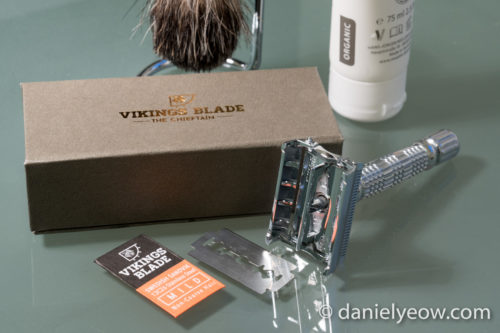
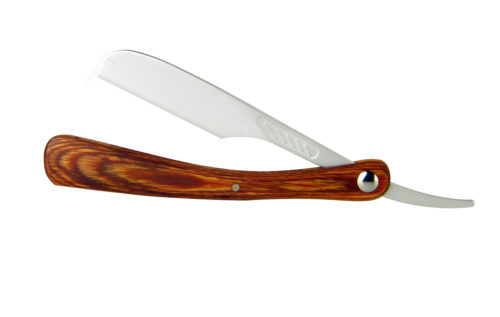
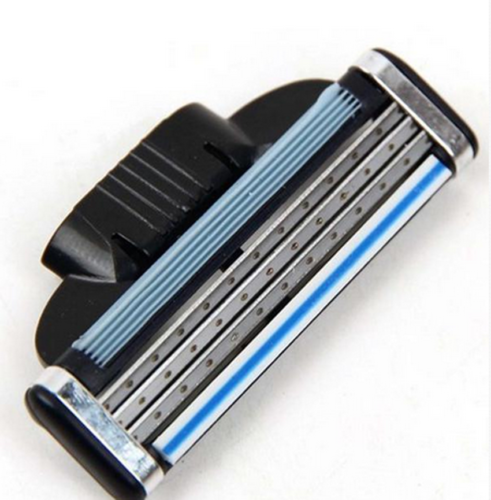
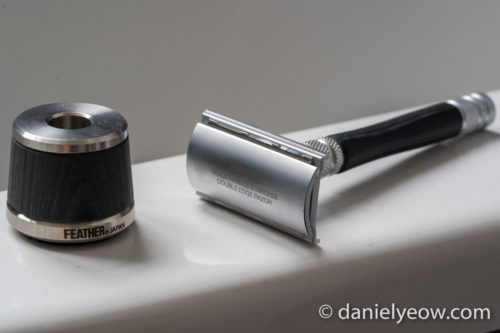
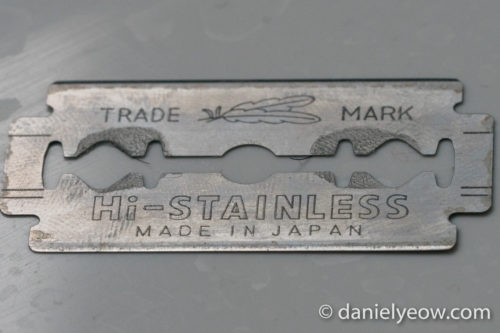
Leave a comment